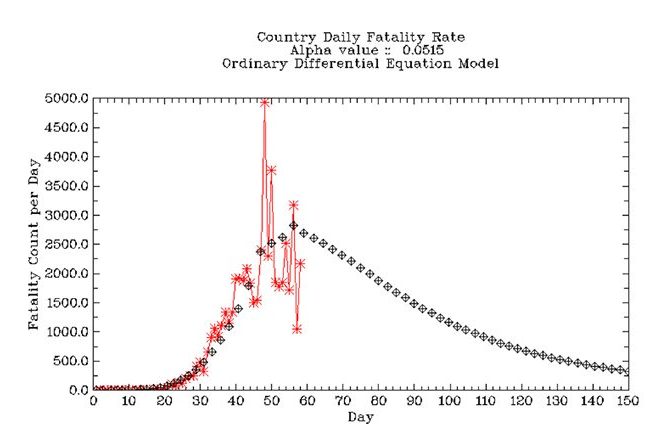Analyst’s tweaks to China’s model enhance COVID-19 forecasting

A model developed by Chinese researchers that health experts commonly use to predict coronavirus fatality rates has a narrower gap between predicted coronavirus cases and actual cases after it’s modified with tweaks created by John Nichols, associate professor of construction science, who has decades of experience as a statistical analyst.
The predictions that public health experts make about infectious outbreaks such as coronavirus are based on what’s called a SEIR model. The acronym stands for susceptible, exposed, infectious and recovered, and is a statistical approach to predicting the number of people at each step of an infectious disease outbreak.
In the Chinese model, which includes a fatality component, Nichols saw a notable difference between the model’s predicted COVID-19 cases and fatalities and actual cases and fatalities. ““I looked at one of the published datasets and it didn’t look sound from a statistical standpoint,” said Nichols.
He consulted with a colleague, Nino Kordzakhia, a statistics expert and faculty member at Macquarie University in Sydney, Australia, about the SEIR formula. She thought Nichols’ idea to tweak the formula so that it its predictions would more accurately conform to actual daily fatality numbers was worth exploring.
To develop the tweaks and improve the model, Nichols applied two standard statistical methods. He did his work in Fortran, a general-purpose programming language mainly intended for mathematical computations, to make his approach broadly accessible.
“Using Fortran doesn’t require a knowledge of difficult statistical software or a statistical background,” said Nichols. “You just need a computer and you can run it anywhere in the world.”
Nichols published his initial tweaks to the SEIR model in Fortran forums online, and with forum users’ feedback, has been gradually refining the tweaks and closing the gap between SEIR predicted coronavirus cases and actual numbers, as well as the model’s predicted fatalities and the actual numbers.
The program is now in the public domain, and Nichols has submitted a paper detailing the project to the Journal of Statistical Software, which is published by the Foundation for Open Access Statistics.

